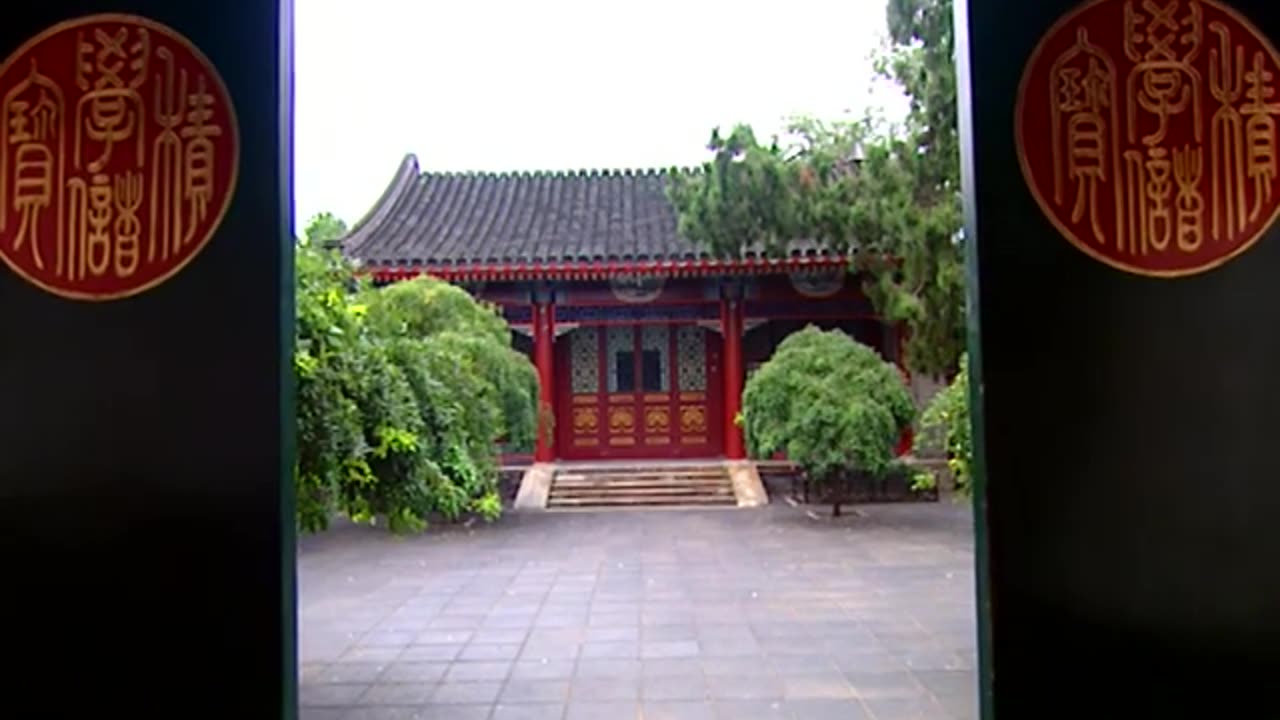Premium Only Content

Enjoy these video Chinese architecture
Chinese architecture is characterized by bilateral symmetry, use of enclosed open spaces, feng shui (e.g. directional hierarchies), a horizontal emphasis, and an allusion to various cosmological, mythological or in general symbolic elements. Chinese architecture traditionally classifies structures according to type, ranging from pagodas to palaces. Due to the frequent use of wood, a relatively perishable material, as well as few monumental structures built of more durable materials, much historical knowledge of Chinese architecture derives from surviving miniature models in ceramic and published diagrams and specifications.
Some specimens show the influence of styles from beyond China, such as the influences on mosque structures originating in the Middle East. Although unifying aspects exist, Chinese architecture varies widely based on status or affiliation, such as whether the structures were constructed for emperors, commoners, or for religious purposes. Other variations in Chinese architecture are shown in vernacular styles associated with different geographic regions and different ethnic heritages.
The architecture of China is as old as Chinese civilization. From every source of information—literary, graphic, exemplary—there is strong evidence testifying to the fact that the Chinese have always enjoyed an indigenous system of construction that has retained its principal characteristics from prehistoric times to the present day. Over the vast area from Chinese Turkistan to Japan, from Manchuria to the northern half of French Indochina, the same system of construction is prevalent; and this was the area of Chinese cultural influence. That this system of construction could perpetuate itself for more than four thousand years over such a vast territory and still remain a living architecture, retaining its principal characteristics in spite of repeated foreign invasions—military, intellectual, and spiritual—is a phenomenon comparable only to the continuity of the civilization of which it is an integral part.
— Liang Sicheng, 1984
-
 LIVE
LIVE
vivafrei
10 hours agoEp. 248: "Bitcoin Jesus" Begs Trump! Rekieta Gets Plea Deal! Pardons, Deportations, Bird Flu & MORE!
18,169 watching -
 3:44:06
3:44:06
Rising Rhino
9 hours ago $9.89 earnedWashington Commanders Vs Philadelphia Eagles: NFL NFC Championship LIVE Watch Party
30.5K2 -
 13:00
13:00
Exploring With Nug
3 hours ago $1.99 earnedHe Went To Get A Haircut And Vanished WIthout a Trace!
21.9K -
 18:53
18:53
DeVory Darkins
1 day ago $21.89 earnedTrump JUST ENDED Mayor Karen Bass During HEATED Meeting
52.1K149 -
 21:06
21:06
Russell Brand
7 hours agoIT'S COMING
87.8K327 -
 21:26
21:26
Stephen Gardner
1 day ago🔥What JUST leaked out of Congress must be STOPPED NOW!
104K250 -
 53:25
53:25
tether
11 days agoStability and Freedom in Chaos: The Story of Tether USD₮ | Tether Documentary (USDT)
124K5 -
 56:44
56:44
VSiNLive
2 days agoFollow the Money with Mitch Moss & Pauly Howard | Hour 1
65.8K2 -
 36:50
36:50
Anthony Pompliano
2 days ago $15.66 earnedInvestors Are ALL-IN On Bitcoin
62.4K20 -
 32:19
32:19
SB Mowing
9 days agoA Backyard She’s NEVER Seen – Now Safe for the Kids to Play!
59.4K28